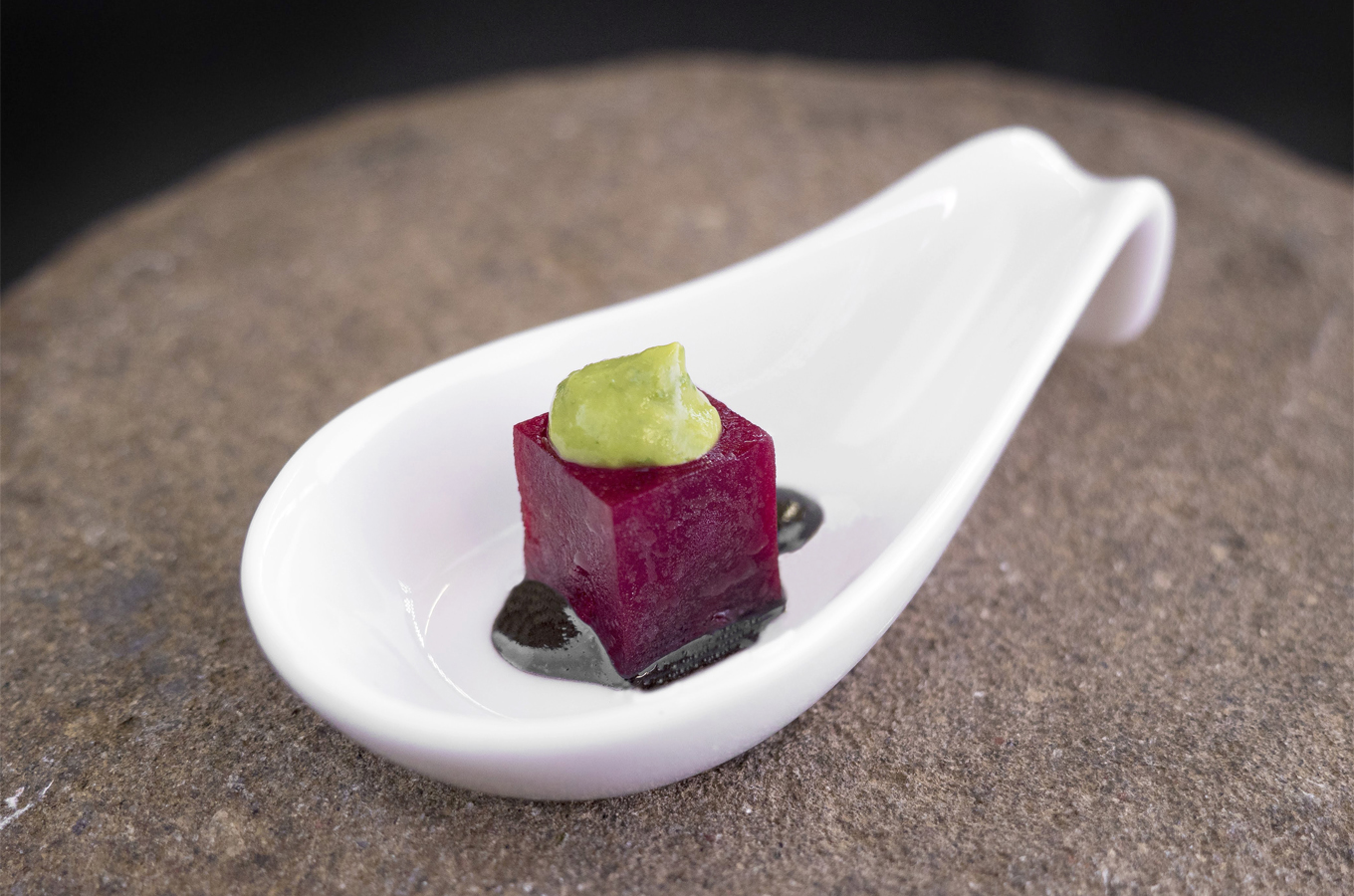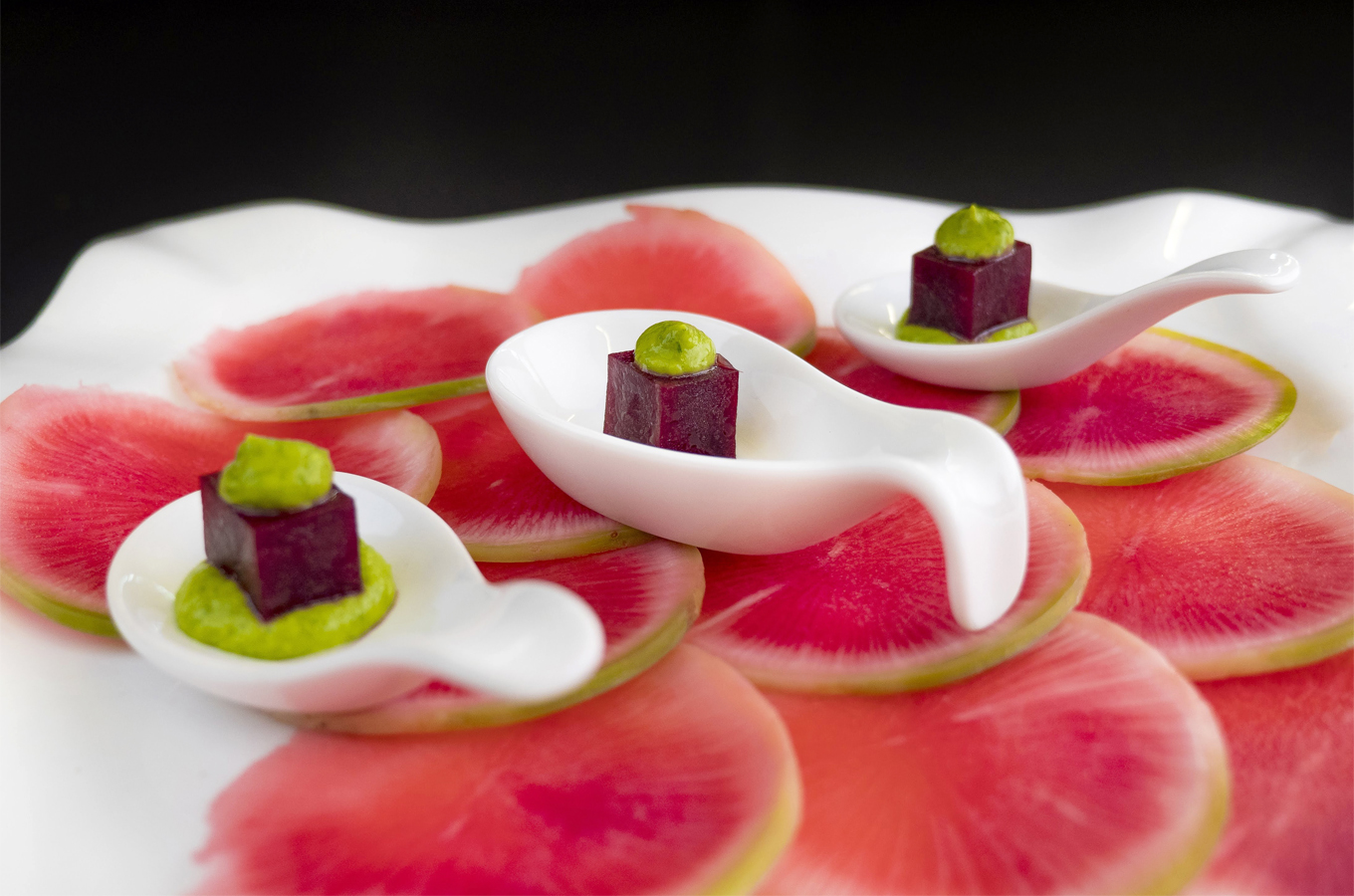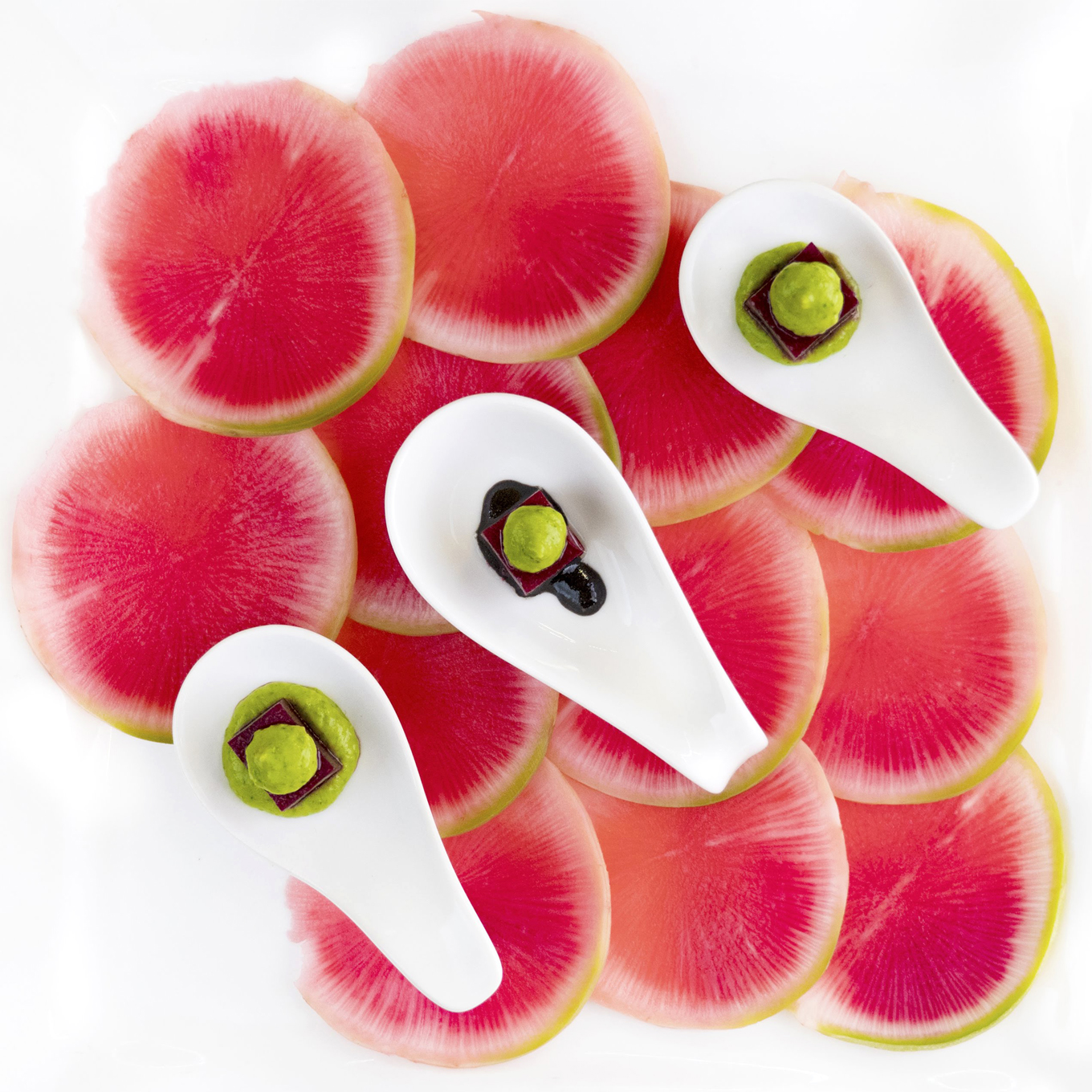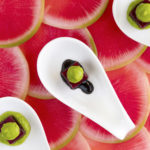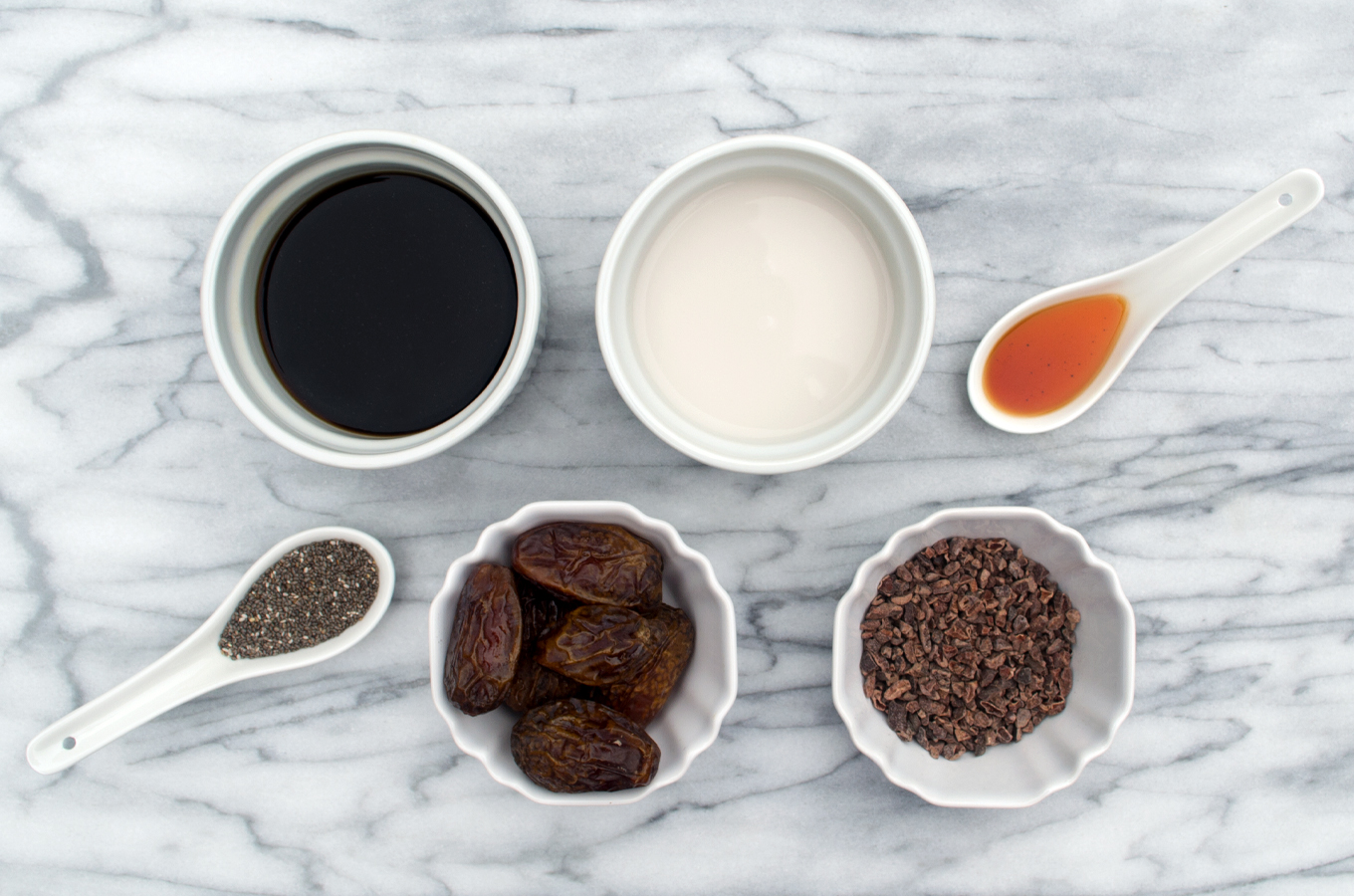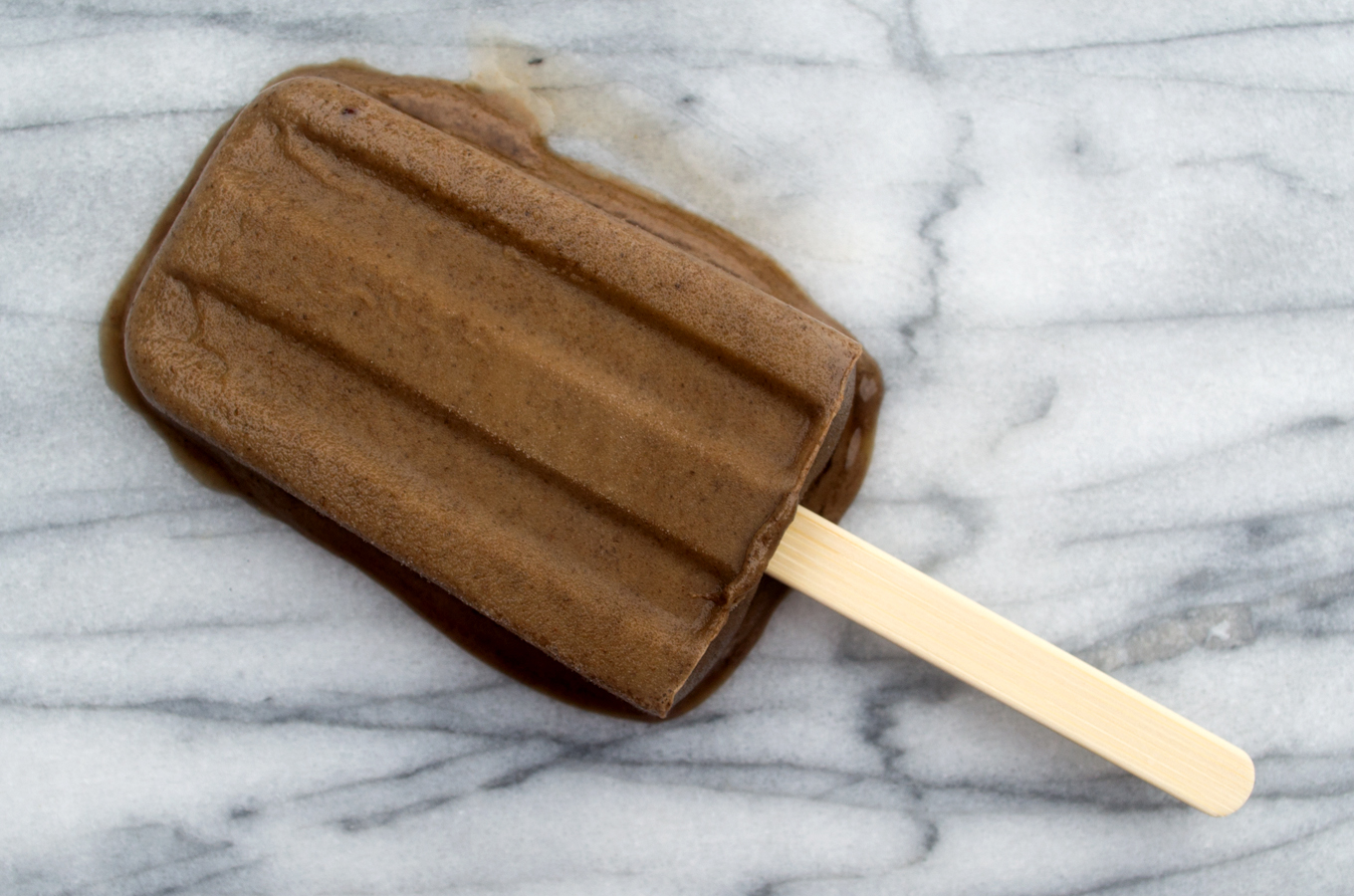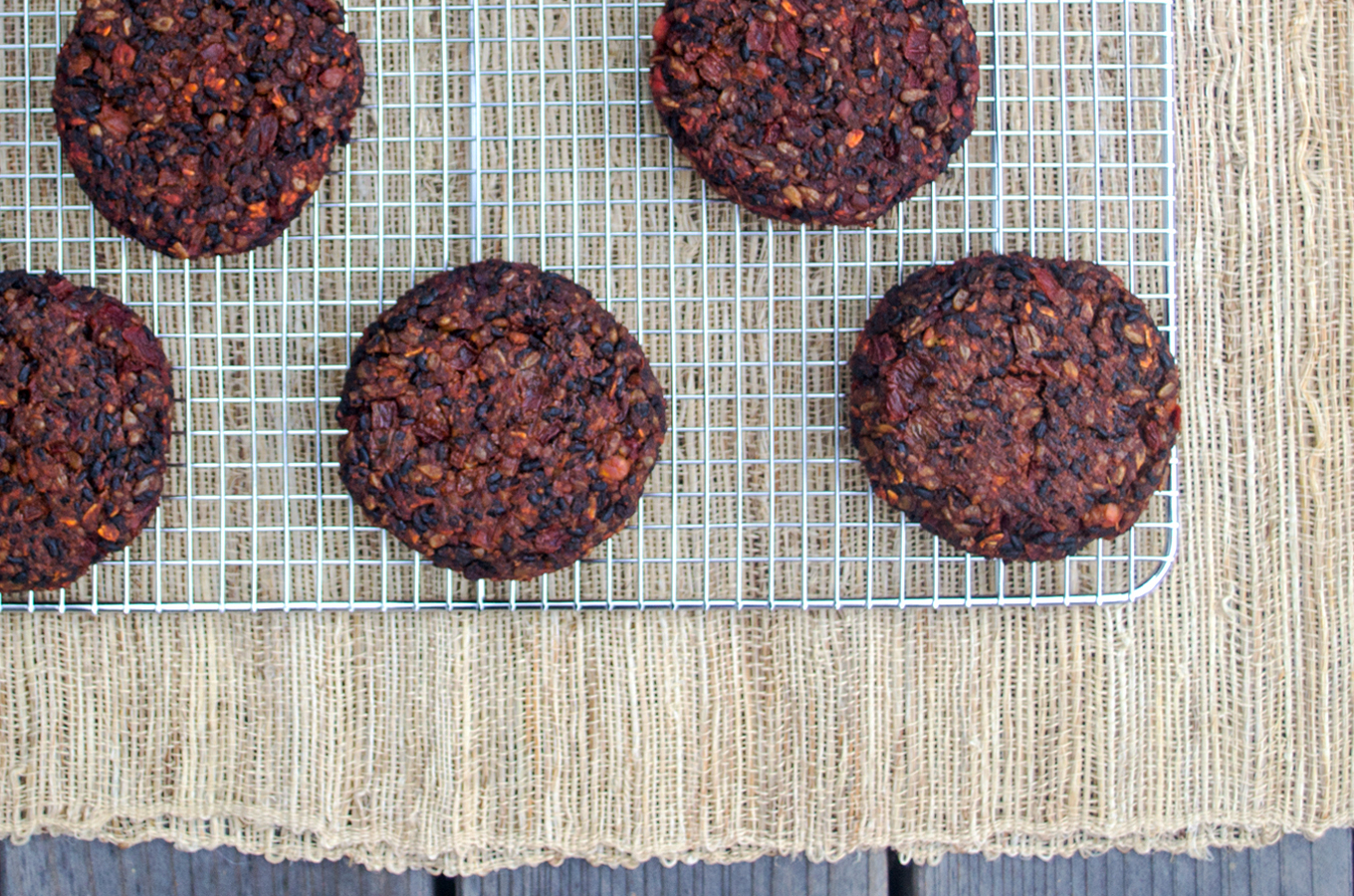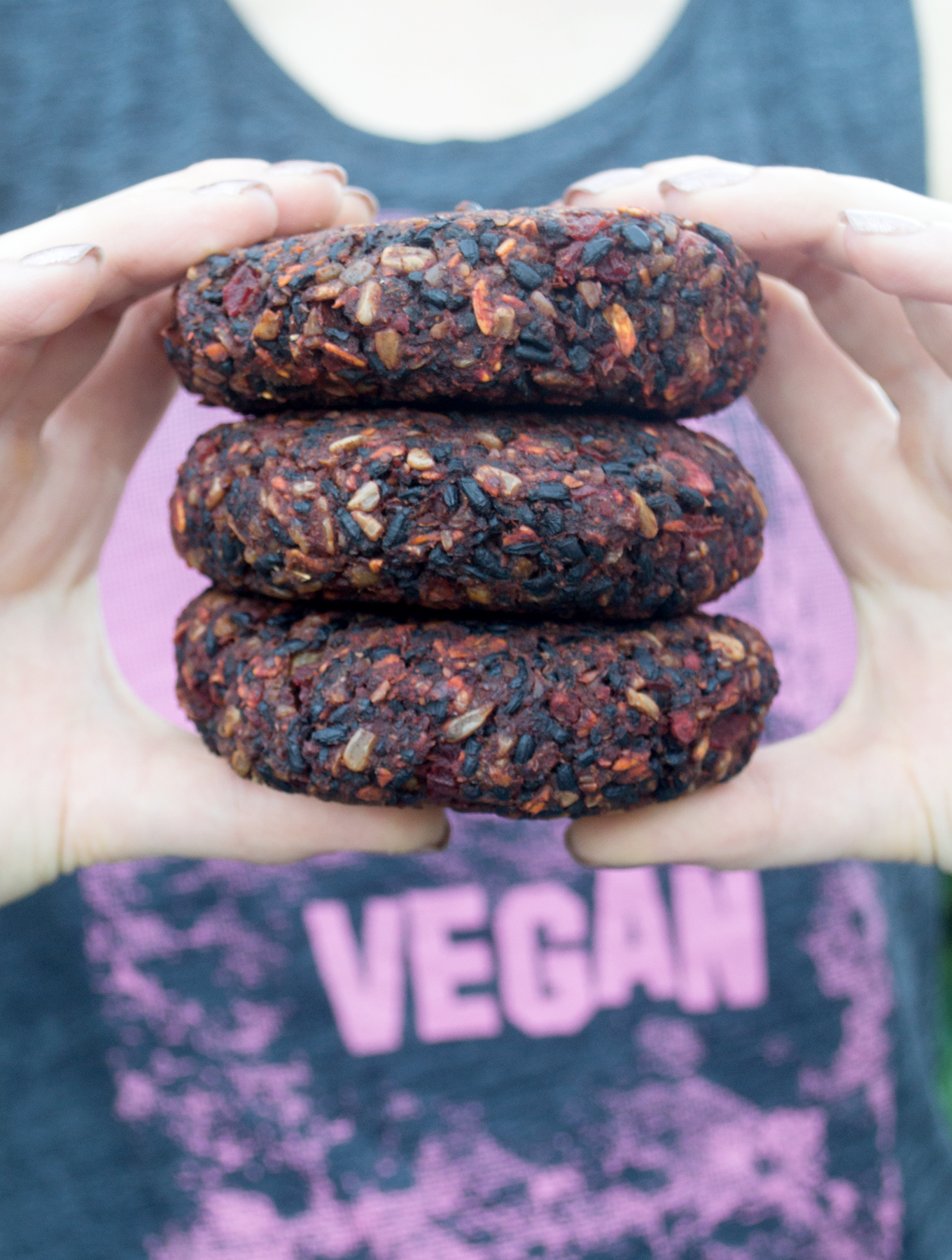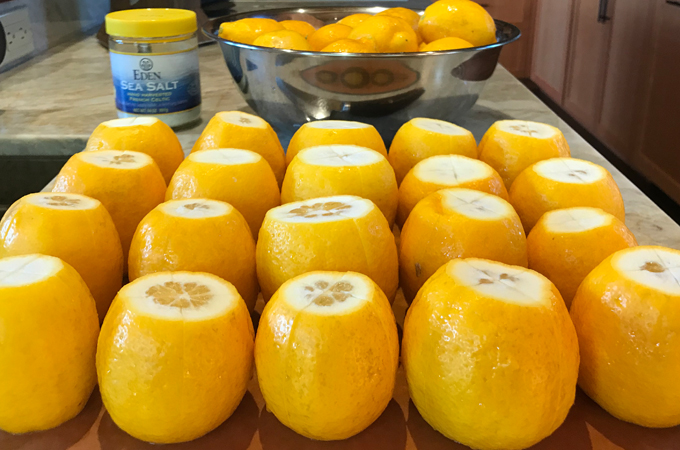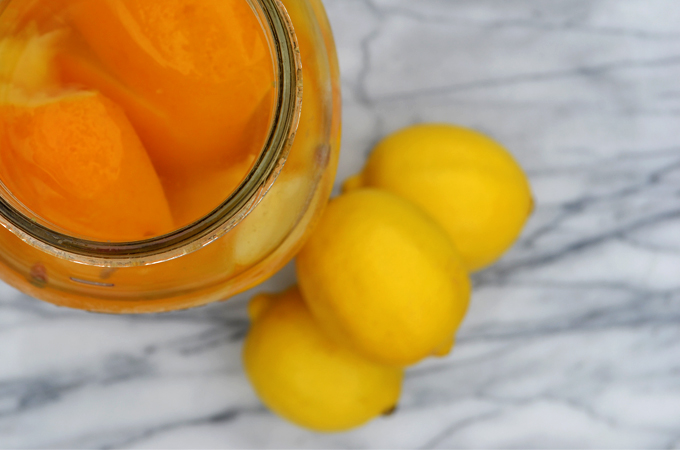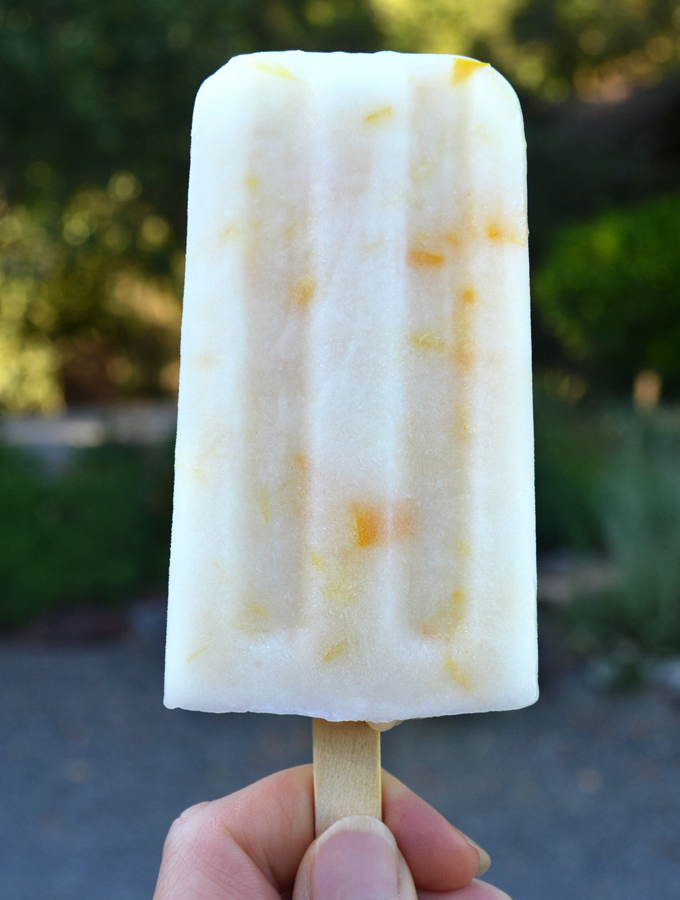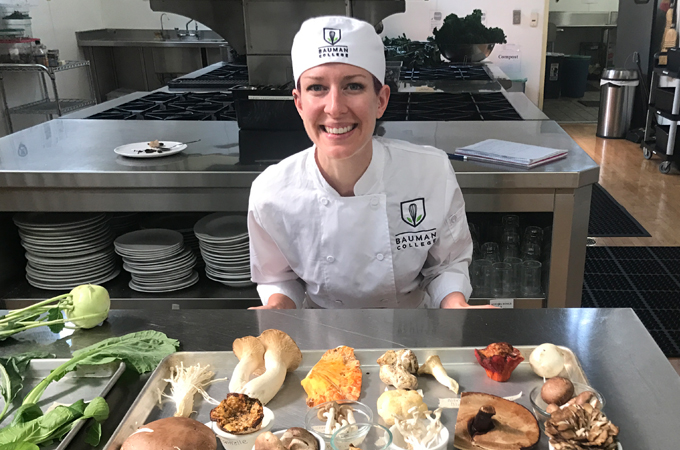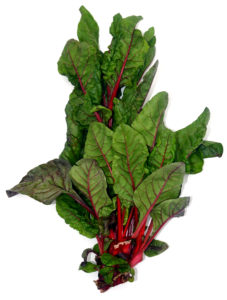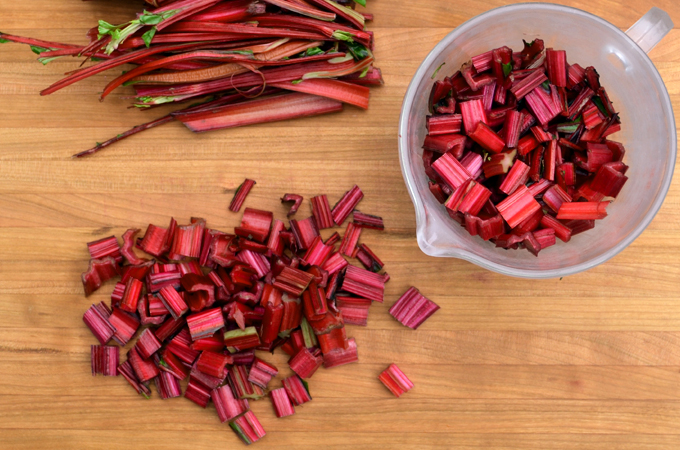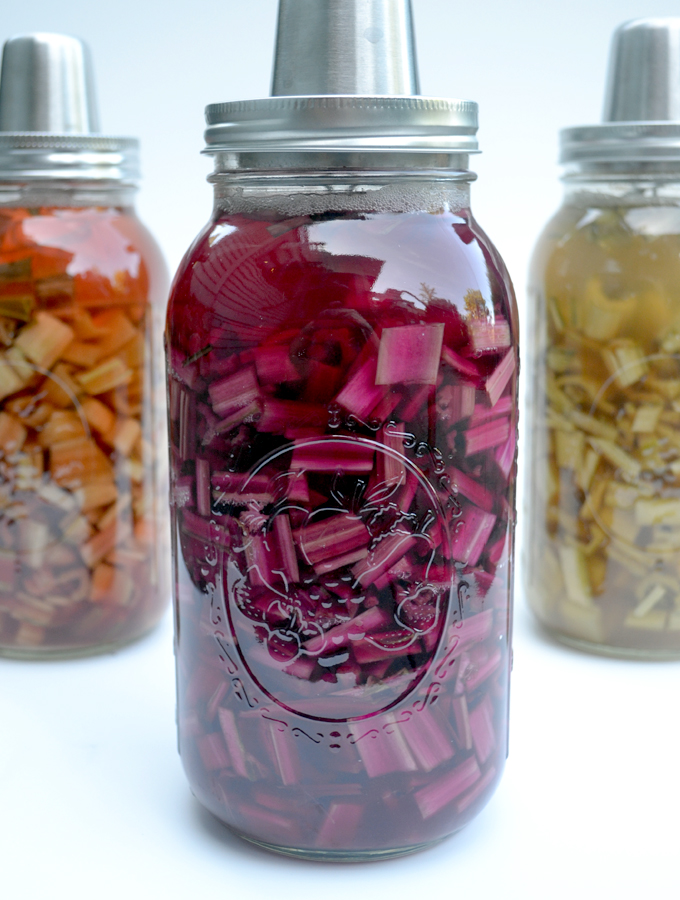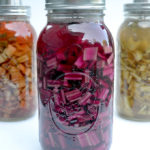With the start of a new year often comes a renewed desire to implement healthy eating habits. Well, this Sprouted Buckwheat Breakfast Bowl is a perfect start to a healthy day! This recipe uses buckwheat, which looks and acts like a grain but is actually a fruit seed. It also happens to be gluten-free, which makes it a great grain substitute for people with allergies or sensitivities. A good source of protein, fiber, and magnesium, as well as health-promoting flavonoids, buckwheat is a fabulous ingredient to incorporate into your everyday cooking.
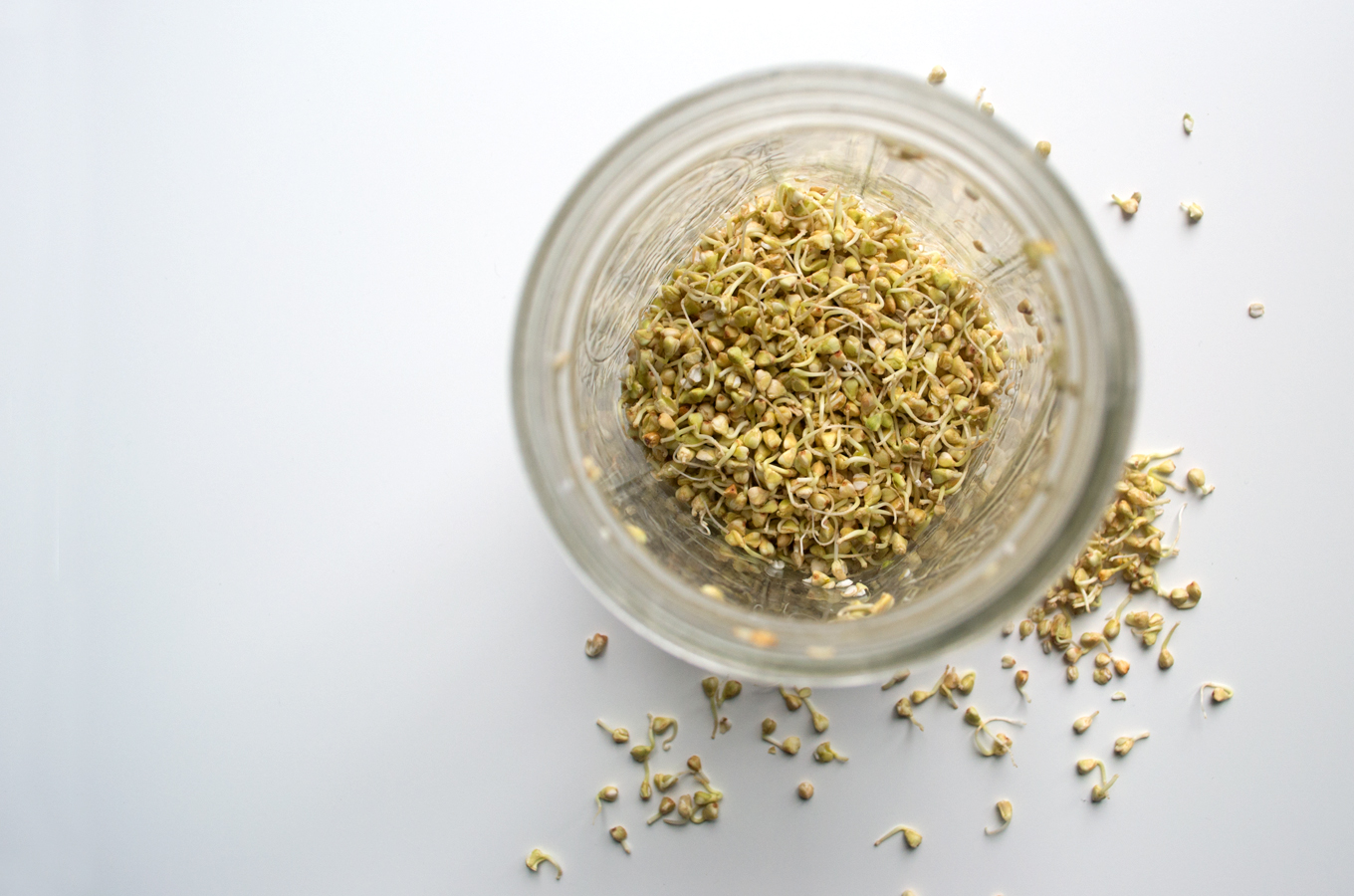
Sprouting is a wonderful way to increase the nutritional value of nuts, seeds, grains, and legumes, while also helping to improve digestibility. Though it may seem intimidating, sprouting is actually quite easy to do at home. All you need is a mason jar! A sprouting screen to cover the lid is ideal, but you could get away with using a piece of cheesecloth instead.
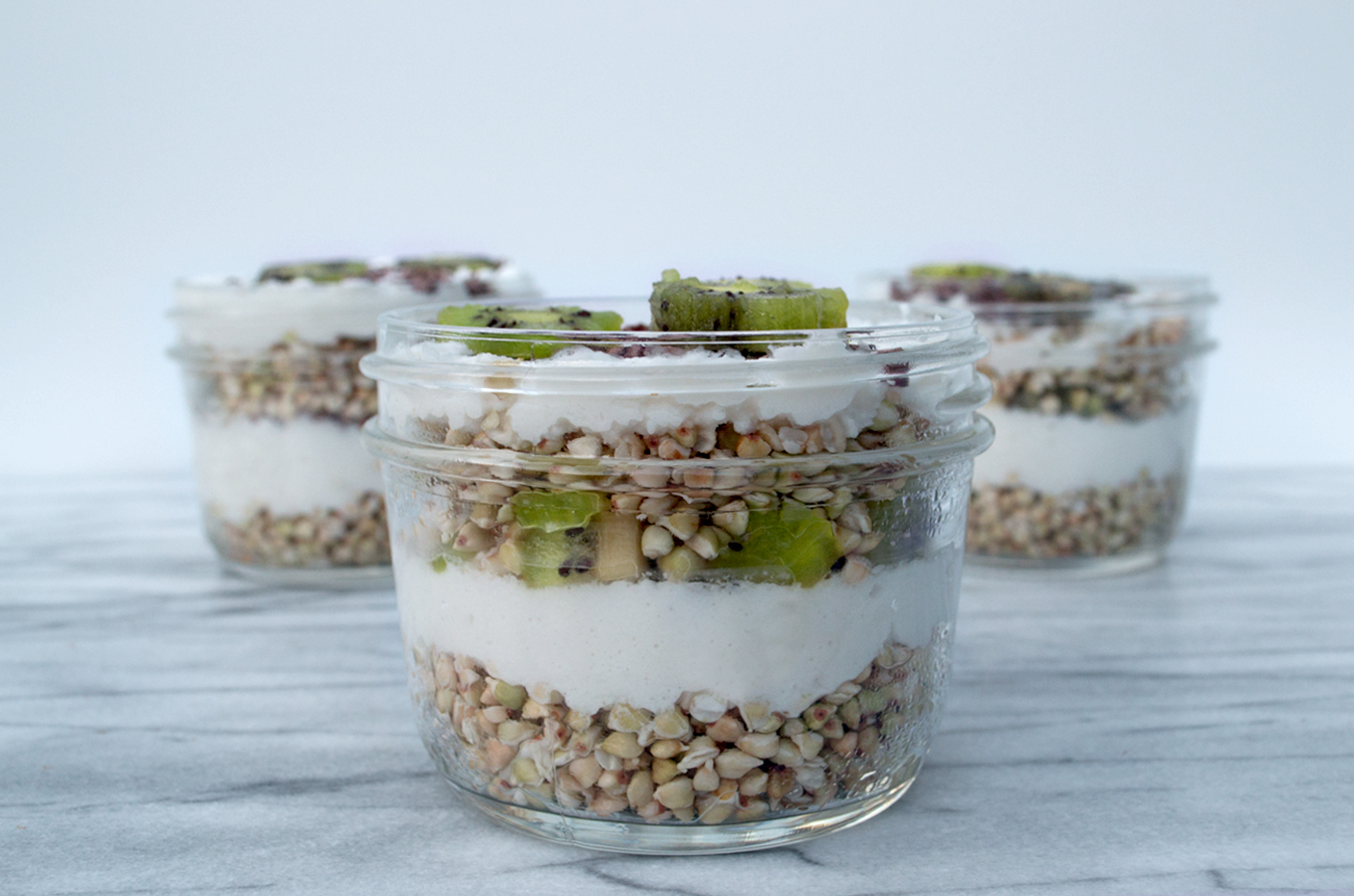
Aside from the time it takes for the sprouting magic to happen, this Sprouted Buckwheat Breakfast Bowl is actually a simple recipe to whip up. What I love most about it is the fact that it’s so versatile. I’m using kiwi fruit in this recipe because I’m lucky enough to have a surplus from a large kiwi harvest last month, but you can swap this out for any fruit you’d like. Apples or pomegranate seeds would be equally tasty here, and during the summer months this would be a perfect opportunity for ripe berries to shine.
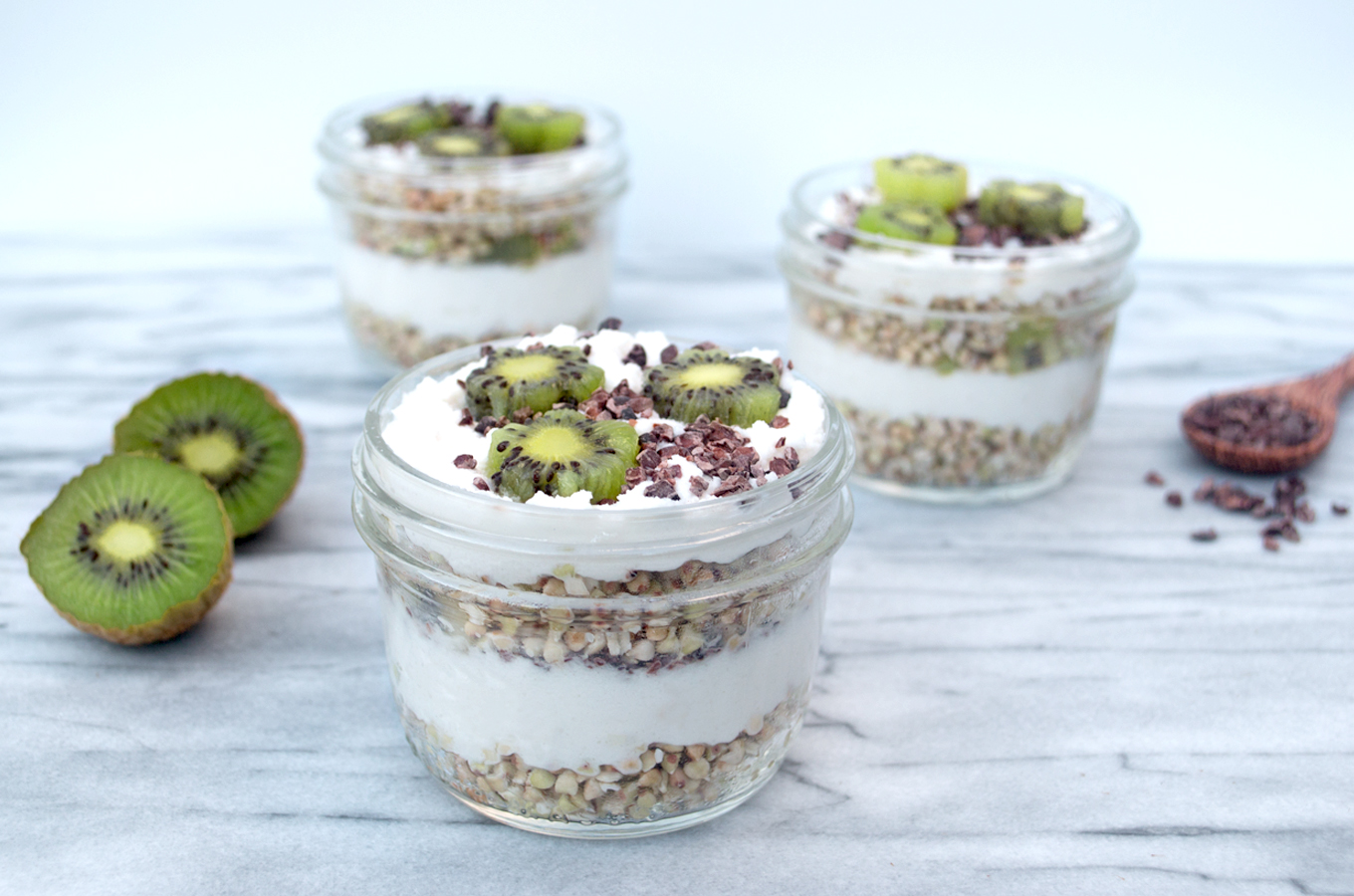
Not only is this Sprouted Buckwheat Breakfast Bowl healthy and simple to make, but it’s perfect to bring with you when you’re on the go. I love making meals in mason jars because I can simply twist on a lid and take my meal with me. The combination of slightly sweet and nutty buckwheat, luscious coconut cream, and tart and tangy kiwi fruit makes for a perfect breakfast that packs a nutritional punch.
Print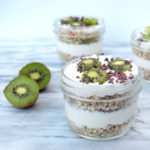
Sprouted Buckwheat Breakfast Bowl
- Prep Time: 20 minutes
- Total Time: 48 hours 20 minutes
- Yield: 4 servings 1x
- Category: Breakfast
Description
Though buckwheat looks and acts like a grain, it’s actually a fruit seed. It also happens to be gluten-free, which makes it a great grain substitute for people with allergies or sensitivities. A good source of protein, fiber, and magnesium, buckwheat is a fabulous ingredient to incorporate into your everyday cooking. The combination of slightly sweet and nutty buckwheat, luscious coconut cream, and tart and tangy kiwi fruit makes for a perfect breakfast that packs a nutritional punch.
Ingredients
- 1 cup unsweetened shredded coconut
- 1 cup water
- 2 tsp maple syrup
- 1 lime, juiced
- 1 cup raw buckwheat groats, sprouted (see note)
- 4 kiwis, peeled and sliced
- 2 Tbsp cacao nibs
Instructions
- In a high-speed blender, combine shredded coconut, water, maple syrup, and lime juice. Blend until completed combined and creamy, about 3 to 4 minutes, stopping to scrape down sides of blender as needed.
- Equally divide coconut cream and sprouted buckwheat among four bowls. Top with kiwi slices and cacao nibs.
Notes
Though sprouts can be intimidating to prepare, they are actually relatively simple (albeit time-consuming) to make. Allow 48 to 72 hours to prepare these sprouted buckwheat groats. If you don’t have the time to sprout, you can simply soak the buckwheat overnight then drain and rinse well before eating. To prepare the sprouts, use a quart sized mason jar covered with a fine mesh screen or cheesecloth. First rinse the buckwheat very well in cool water, then soak in water in the mason jar for 30 minutes. After soaking, rinse and drain very well. Invert the jar and place at an angle to allow excess water to drain. Continue the rinsing and draining process at least twice a day for about 36 to 48 hours. You will see the sprout tail begin to appear and at this point they are ready to be used. After a final rinse, drain well and let sit another 8 to 12 hours to ensure they are as dry as possible. Once the sprouting process has finished, any unused sprouts can be stored in a closed container in the refrigerator for another couple of days.
